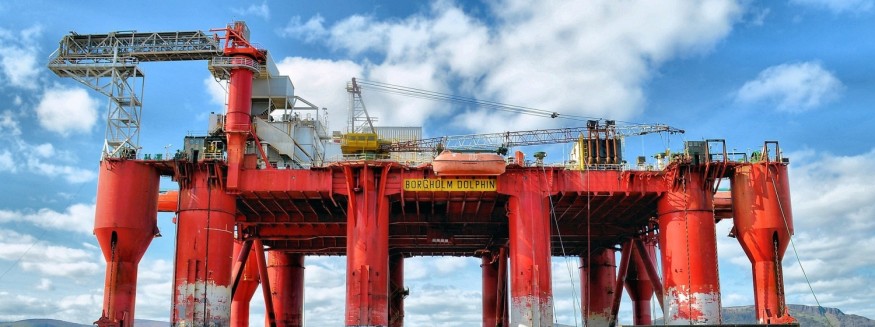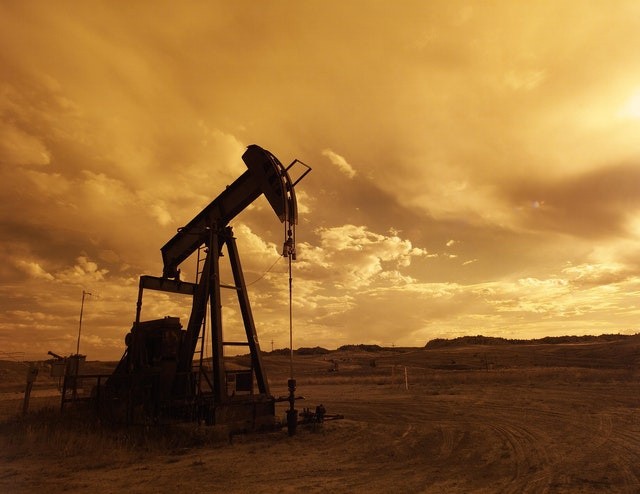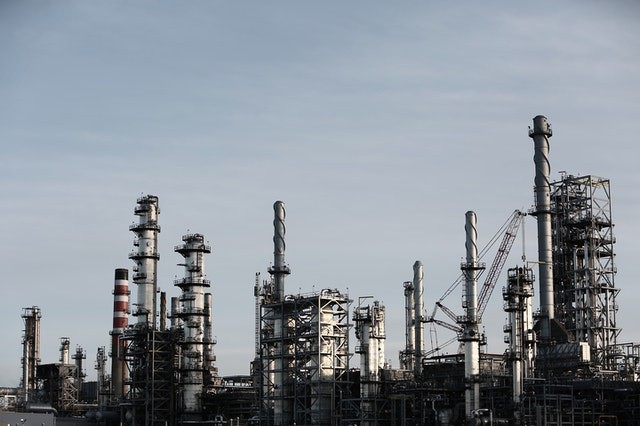Exxon, Occidental, and Marathon Petroleum, among the oil and gas behemoths responsible for generating and refining the lion's share of the nation's deposits, shut down operations at oil fields refineries throughout the state when a raging snowstorm and frigid temperatures struck Texas last month.

Shutdown Operations
The shutdown threw upstream and downstream activities in West Texas and New Mexico's Permian Basin in jeopardy for many oil producers. Multiple refinery activities flared up downstream during shutdowns, leaking toxins into the atmosphere. When oil exploration resumed, there was a possibility that supply would have to be flared or halted in the field before the wider energy industry, including refining and utility generation, recovered. According to the Environmental Defense Fund, satellite imagery revealed intensified flaring at oil and gas extraction sites in the Permian Basin.

However, Occidental took the call to close down several activities.
Occidental CEO Vicki Hollub said at a recent CNBC Evolve event focused on energy progress, "There were a handful of plants that had trouble getting back online." "We should have simply flared the gas and brought our supply baThe decisions taken after the Texas power outage was part of a larger dispute with the oil and gas industry about flaring, or the practice of emitting greenhouse gases by burning them, which has long been a contentious subject among environmentalists and climate change experts. The procedure, which is widely used by oil and gas producers to reduce the pressure that builds up during oil extraction, results in CO2 and methane being emitted into the atmosphere.ck online. We agreed against it. We didn't want to flare, so we shut down the production."
Related Article: Greener Earth: The Real 'Big' Problem
Why is Flaring a Problem?

The problem of flaring is a global one. According to the World Bank Group, global gas flares burn nearly 140 billion cubic meters of natural gas per year, releasing more than 300 million tons of CO2. Hundreds of firms, states, and energy companies worldwide have joined the organization's Zero Routine Flaring by 2030 Campaign, which seeks to eradicate all routine flaring within the next decade. Though flaring is sometimes used for safety or maintenance problems, regular flaring refers to gas flaring associated with oil production.
Occidental, Chevron, and Shell are among the major oil and gas firms that agreed. According to Zubin Bamji, program manager of the World Bank's Global Gas Flaring Reduction Partnership, Reduced gas flaring is a "low-hanging fruit" among other ways to curb pollution for many of these industries.

Any analysts believe that businesses in the United States, in particular, need to set a higher bar for themselves when it comes to preventing regular flaring. The World Bank agreement focuses mostly on countries that lack the regulatory capability and resources to reduce pollution, but some analysts believe that American businesses will achieve this goal by 2025.
"We're talking of a 100-year-old basin here in Texas," said Colin Leyden, the Environmental Defense Fund's head of regulatory and legislative affairs. "2030 succeeds on a multinational scale, but it loses ambition on a domestic level in the United States."
Flaring Substitute

However, flaring is often a less expensive option than bringing the gas to market, and flaring is often guided by supply and demand fundamentals.
According to Gunnar Schade, an atmospheric scientist and associate professor at Texas A&M University who has written extensively on the subject, the mechanism of halting routine flaring by methods such as rewiring gas for energy or internal uses isn't difficult in and of itself. The technology exists; the question is whether businesses are willing to spend and pump capital into it.
According to Leyden, the flaring problem would be less of a concern if natural gas prices were consistently higher, but with a long-term, low-price forecast for natural gas, a new regulatory structure to realign incentives is needed.
ALSO READ: Earth 'Net Zero': The Race to Stabilize Global Heat Spikes
For more Environmental news, don't forget to follow Nature World News!
© 2025 NatureWorldNews.com All rights reserved. Do not reproduce without permission.





